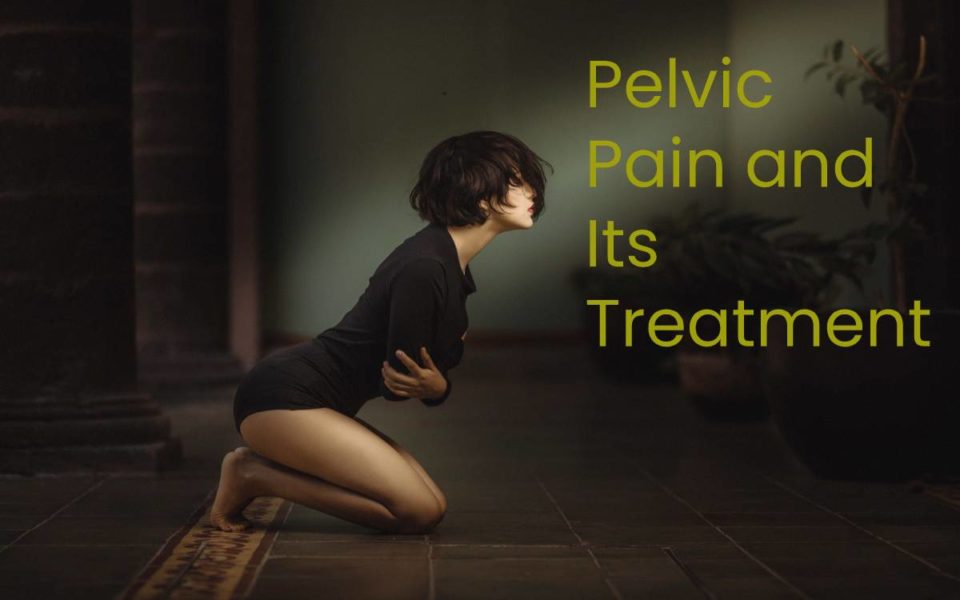There are various causes of back pain, but sacroiliac joint disorders are one of the causes of low back and pelvic pain in women.
Table of Contents.
The Pelvis Pain made up of the sacrum that connects to the spine and the two ilia c bones that relate to the lower extremities. The space between the sacrum and the ilia c is the sacroiliac joint.
The figure below shows the pelvis from behind, and the arrow indicates the sacroiliac joint.
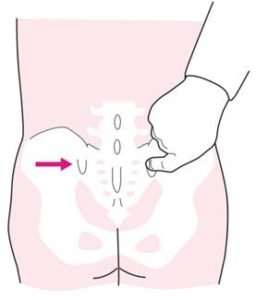
The force that distorts the pelvis during daily activities and sports activities adds stress to the sacroiliac joint and causes pain.
Also, the sacroiliac joints loosen to widen the birth canal during childbirth, which can be a significant cause of postpartum low back pain.
Symptoms vary, and some people cannot sit on the train because they are sitting hard, people who can not lean forward and cannot wear socks, and people who become more painful due to one leg load when walking, but the common thing is pain Is the place.
When pointing to a painful area with one index finger, if the sacroiliac joint, as shown below, the possibility of sacroiliac joint damage is high.
This disorder also suspects when pain is triggered when the sacrum will push down while lying prone.
Sacroiliac joint Disorders due to Pelvic Pain
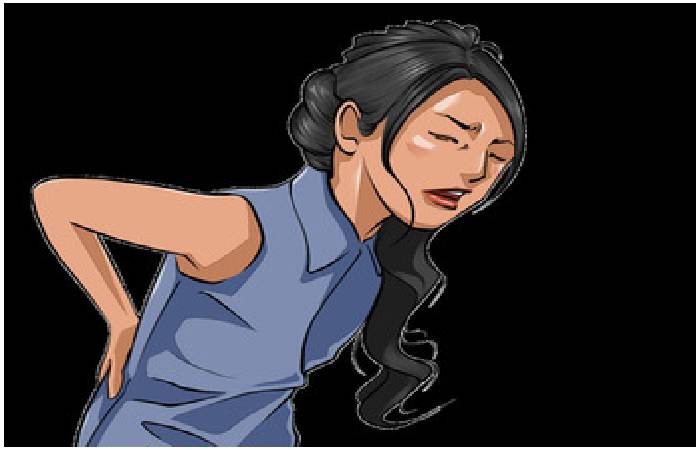 Since sacroiliac joint disorders are challenging to find with X-rays or MRI examinations, it is difficult to diagnose them even when they are examined in hospitals and treated as general low back pain.
Since sacroiliac joint disorders are challenging to find with X-rays or MRI examinations, it is difficult to diagnose them even when they are examined in hospitals and treated as general low back pain.
Many people will be cured temporarily with temporary symptoms, so it will not be a big problem, but some of them will become chronic and may interfere with daily activities.
The treatment methods include pain-relieving drugs, block injections, pelvic belts, standard treatments such as manipulative treatment and body warming, and treatment methods to reduce pain such as acupuncture.
However, in either process, it is often temporary that the pain can remove, and if the pelvis load by movement, the pain will recur.
We can reduce the pressure on the sacroiliac joint during various daily physical activities, and it is necessary to stabilize the sacroiliac joint with your muscle strength. For that purpose, exercise therapy, such as trunk muscle training, is essential.
Few causes chronic Pelvic Pain(CPP)
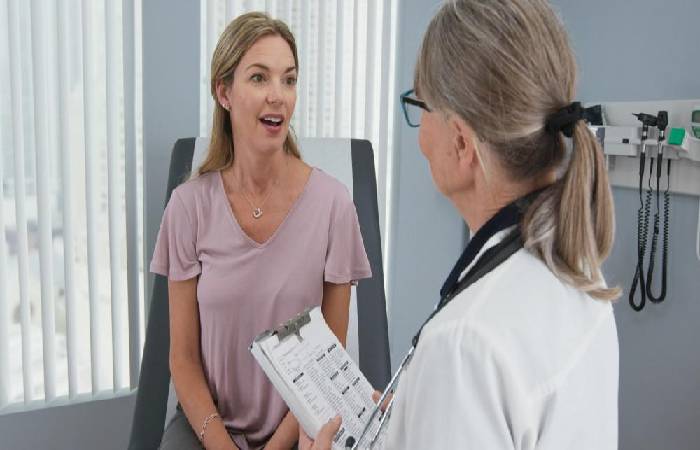
CPP is a critical condition that can have many causes and links to other diseases. Some of these conditions are:
- Irritable bowel syndrome: Its a condition that affects the large intestine and can cause abdominal inflammation, cramping, constipation, or diarrhea.
- Endometriosis: The endometrium, which is the inner lining of the uterus, grows outside this organ.
- Tension pelvic floor muscles: muscles in the lower part of the pelvic region become tense or cramp.
- Painful bladder syndrome: the bladder becomes sensitive and easily irritated.
- Scar tissue in the pelvic region: scar from an infection, an operation or other treatment, which now causes pain.
The relationship between low back pain and pelvis in women
Hello! Stretch specialty store Pelvic Medical Manipulative Clinic According to some survey results, 60% felt at the end of the day, and 40% occurred on the weekends.
Long-term desk work will cause low back pain and malaise due to fatigue and strain on the skeleton and muscles accumulated over a day or week!
What is the pelvis?
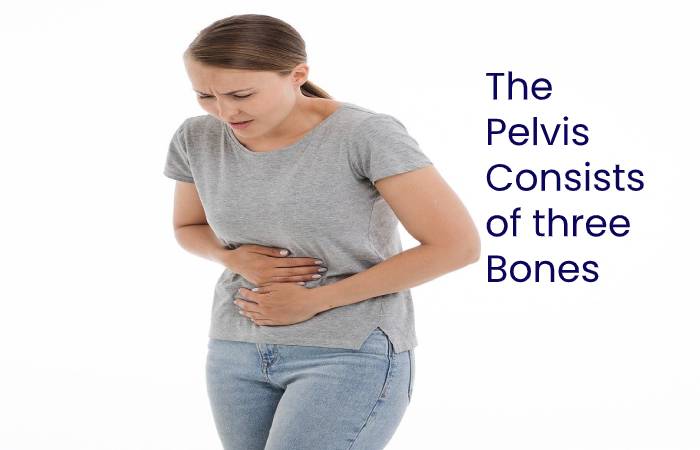
The pelvis consists of three bones: the sacrum, the hipbone, and the tailbone!
Although it is at the center of the body and should be the key to connecting the upper and lower body, there is only one sacroiliac joint that connects the sacrum and the ilia c bone, and the surrounding area is supported only by the strength of the muscles and ligaments. It’s a hard and easily distorted bone! There are three types of distortion .
1. Sorrow type This can be said to be easy to become a stomach and butt! The sacrum will warp, and the entire pelvis will also twist back! If left unchecked, the S-shape of the spine may become distorted and become stooped!
2. A pelvis that initially has a beautiful heart shape that opens to the left and right is a type that begins to the left and right and is squarely deformed. This type also makes the buttocks square, mainly due to muscle weakness!
What is a diagnostic laparoscopy for Pelvic Pain?
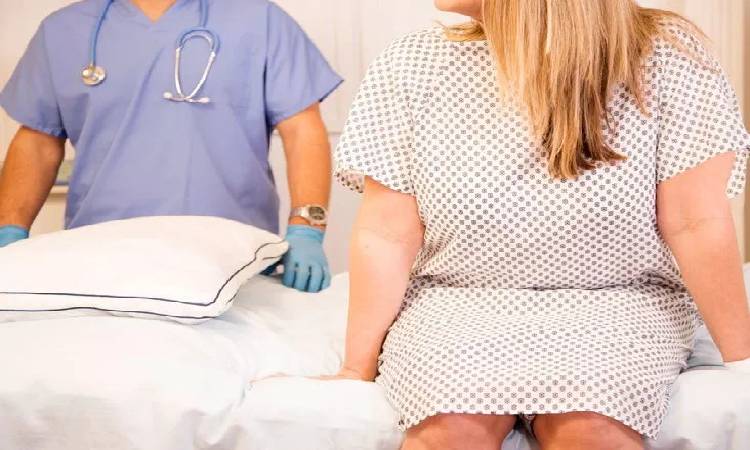 In diagnostic laparoscopy, the doctor introduces, through a small cut in the abdomen, a thin tube with a tiny camera, to examine the pelvic region and look for possible causes of pain.
In diagnostic laparoscopy, the doctor introduces, through a small cut in the abdomen, a thin tube with a tiny camera, to examine the pelvic region and look for possible causes of pain.
Laparoscopy can also be used in surgeries to treat your CPP or the condition that is causing the pain.
CPP is a complex condition. In many women, doctors fail to discover the cause of pelvic pain. Not knowing the cause can affect your emotional well-being and relationships with others.
It can even cause depression. Doctors may be able to help you control your pain, also if you have not found the cause.
Pelvic correction is carefully address by a teacher with a national qualification to correct pelvic distortion and torsion while stretching! Judge the type of your twist and distortion and do the right treatment!
If you are worried that you have never been to a manipulative clinic, you don’t need to worry about it because there is only a qualified teacher in our hospital for knowledge and skills of the body! Please assure us that we never do painful treatments or unreasonable things!
If you have problems with low back pain, please consult with the pelvic medical manipulative clinic, a stretch specialty store!
Know your options Treatments to cure Chronic Pelvic Pain

The doctor may try one or more ways to help relieve or cope with the pain, but there is very little research that tells the doctor which treatments work.
Doctors may recommend a medication, a hormonal treatment, or an operation to try to relieve your CPP symptoms. Your doctor may suggest a narcotic or non – narcotic analgesics, such as aspirin, Tylenol Advil, Demerol, or Oxycontin to help manage their pain.
Besides, you can suggest psychotherapy or counseling, physical therapy, changes in diet or exercise, to help you with your CPP.
Researchers have found the efficacy of medications, hormonal treatments, and surgeries to relieve CPP symptoms. There are no enough studies that performed on many of the procedures mentioned does not mean these treatments will not suit some people.
What else should I know about CPP?
- There is no quick fix for the CPP. You and your doctor may have to try many different treatments before they begin to improve your symptoms.
- Some treatment options may take a long time for you to start feeling better. It is essential not to give up just because you don’t get immediate results.
- You must try to stay positive and work with your doctor to control CPP. Talk to your doctor, friends, and family when you feel discouraged.
Decide on the treatment of CPP
What things should I think about pelvic pain surgery?
- That you and your doctor must make your wishes and values will play an important role. your doctor should talk about the following:
- Possible side effects of medications and which tolerate if a medication helped you relieve your pain.
- If you want to try other treatments before surgery since there is not much evidence that it helps relieve pain.
- What do you think about a possible hysterectomy, if your doctor suggests it? how important it is for you to get pregnant or get into menopause (if your ovaries are removed).
- Prevent the CPP from affecting work, relationships, and daily life.
- All treatments for CPP cover differently by your medical insurance, and there may be expenses that you may have to pay out of pocket.
- It is essential to get additional support from friends, family, counselors, and others, while you and your doctor try to find the right treatment.
Ask your doctor about Pelvic Pain

Talk to your doctor about how much pain you feel and what treatment best responds to specific needs, desires, and values:
- How will we decide which treatments to try?
- Know about the side effects or risks of each treatment?
- How long will I start feeling better?
- It’s better to understand if surgery is needed?
- What resources do I have for support while trying to find the right treatment?


